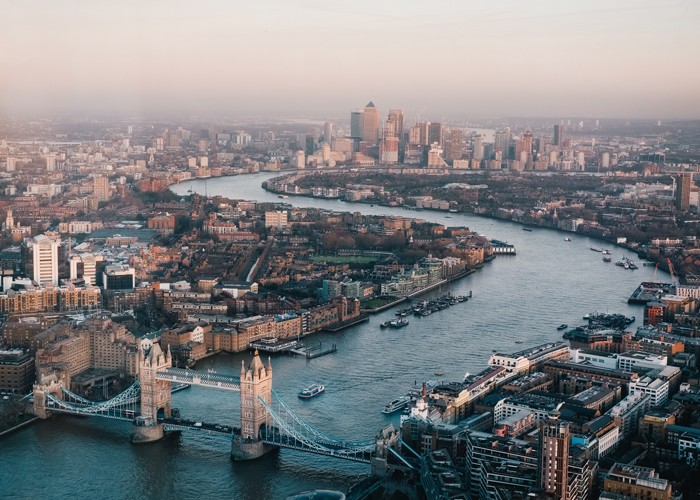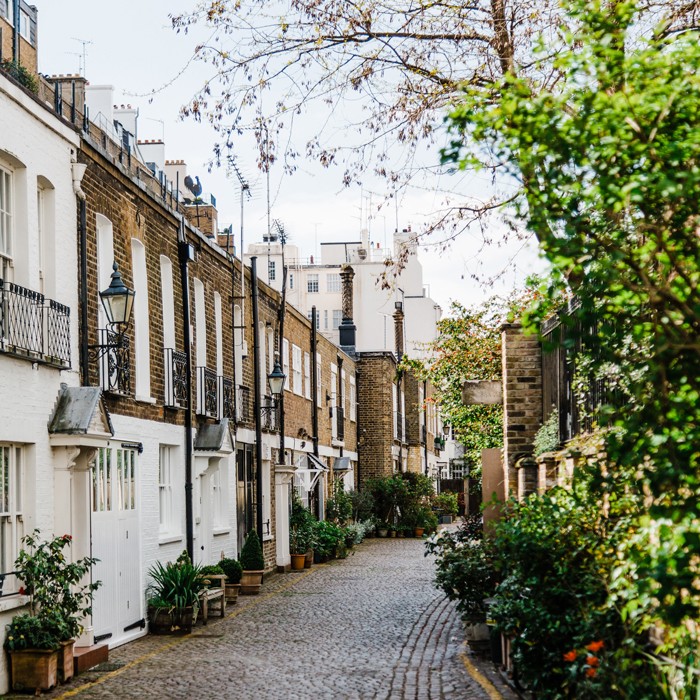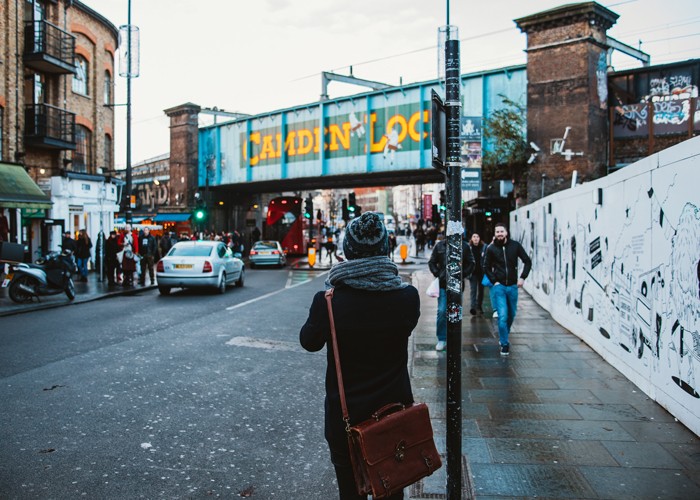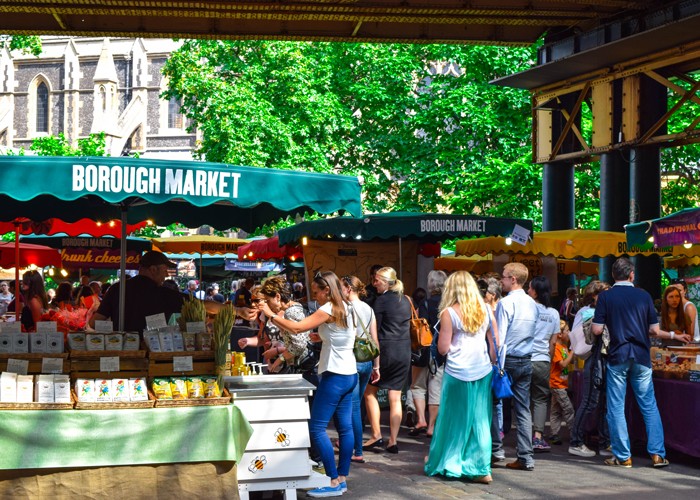Navigating the polycentric city – globalisation doesn’t mean homogenisation
London truly is a remarkable place. The City of Westminster can with some justification lay claim to be the cradle of democracy, while to the east, the City of London laid the foundations for both the market economy and globalisation.
The UK capital is also far more than the sum of its twin centres of power. Today’s London is a gloriously polycentric city; an intricate tapestry of inseparable but at the same time unique communities. As London grew ever larger, the metropolis absorbed village after village, community after community before eventually being curtailed by the introduction of the green belt in 1955. This meant the villages had to start joining up, which is when London as a truly polycentric city began to emerge.
Though these villages are now long absorbed, they remain distinct and continue to define London’s unique identity, both physically and architecturally. Islington’s townhouses are as distinct from Hampstead’s villas as they in turn are from Kensington’s squares. For the reasonably informed observer, there is never any reason to feel truly lost in London’s inner zones at least – a simple glance at the fabric and design of the buildings tells you roughly where you are.
The absorption of multiple, often small, communities has also acted as an unintended check on homogeneity. London has no shortage of larger district centres boasting the same retail brands and chain bars and restaurants. But its smaller neighbourhoods that have started to push back against these generics, using the power of the community to champion local entrepreneurs and initiatives.
London’s polycentricism applies equally to emotional attachment. Londoners’ loyalties lie with the city as a whole, with north and south, east and west – but also with the individual neighbourhoods they call home. Though I have lived and worked in London for 28 years, I still only know a handful of villages intimately – but these are the ones I naturally gravitate towards.
That diversity and sense of community in a global city is, in a sense, a happy accident. The term urban sprawl is normally used in the pejorative, but in the case of London’s historical development it deserves re-examination.
London’s lack of homogeneity is the combined result of periods of rapid growth on top of existing pockets of historic fabric – coupled with a robust town planning system and typically British creativity.
The structured regeneration of old industrial zones, such as Kings Cross, Old Oak Common and Earls Court, ensure this history remains part of the neighbourhood fabric, all be it in a new way that contributes to the city’s constant evolution.
The idea of London as a collection of villages has merit, but it risks becoming a cliché and also misses the point. London’s historical villages retain their character and are an important part of its tapestry. But the places in between are just as fascinating and have developed their own unique personality over time.
Deptford’s industrial heritage, for example, goes back centuries, while neighbouring Brockley’s wide streets and generously apportioned homes date back to the mid- to late-19th century. As industry in Deptford boomed, a new neighbourhood was needed to house its white-collar workers – within walking distance, but on a hill and sufficiently far away to avoid the toxic fumes. As density spreads out from the centre, these core pockets and transitional areas between undergo their own distinct evolution.
London’s ever changing identity is further defined by the nationalities that have chosen to make the city their home over the centuries. Brick Lane has been in turn home to French Huguenots, Jewish and Irish immigrants and then Bangladeshis, all of whom have made their mark on the place. The French communities in Kensington and Chelsea are a more recent example, while in the last few years Nigerians have established a base in Deptford.
The key to the success of the city is its ability to evolve, this is driven by an incredibly diverse and ever-changing population and their subconscious desire to feel at home in what is a granular and complex place. Its idiosyncratic and varied accumulation of villages perhaps allows different peoples to find “their” place within it.
London is both a united and diverse place – culturally, architecturally and economically. It is fundamental to making the city such an exciting place to live and something that should be treasured.
Contact Woods Bagot








